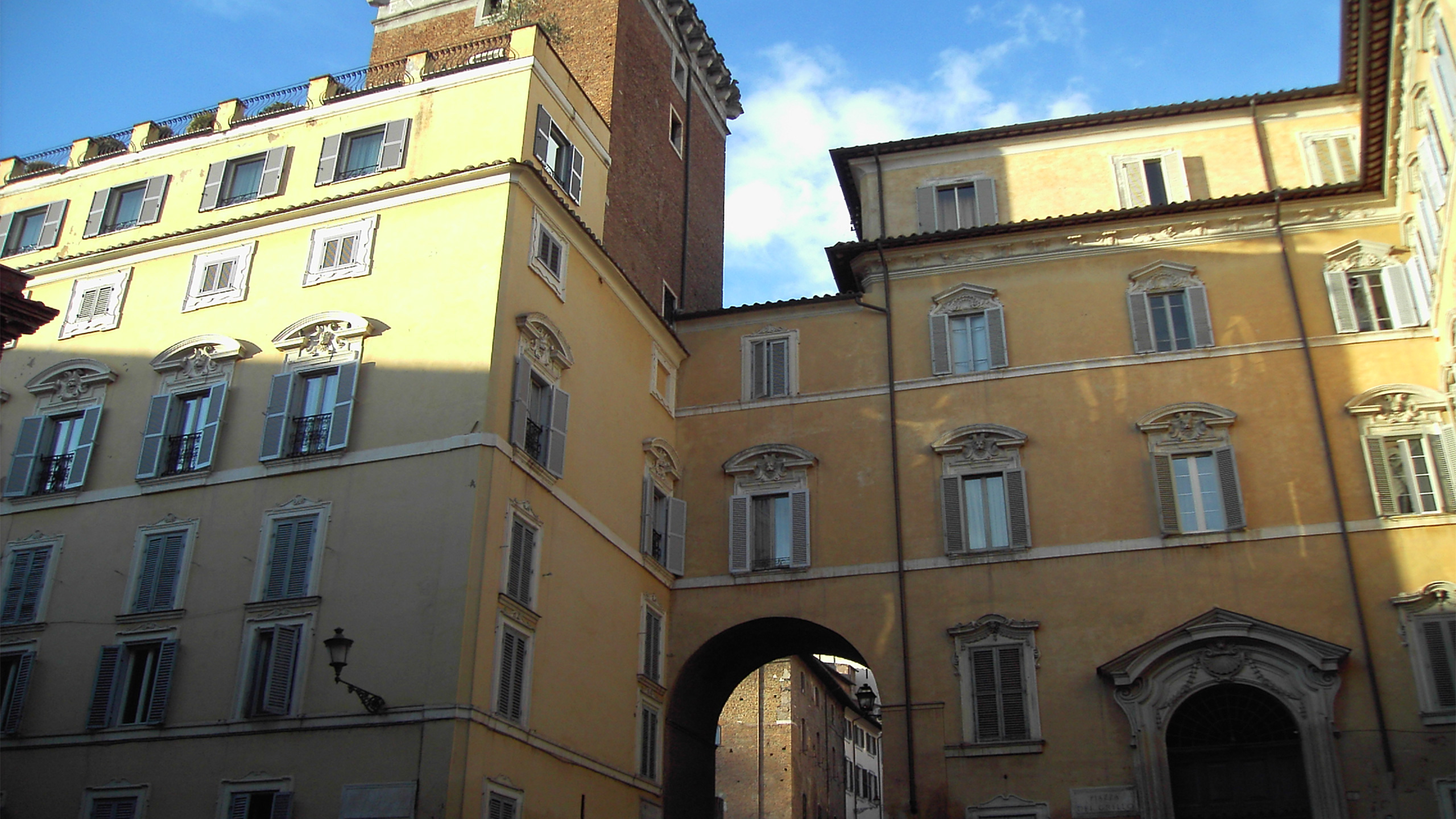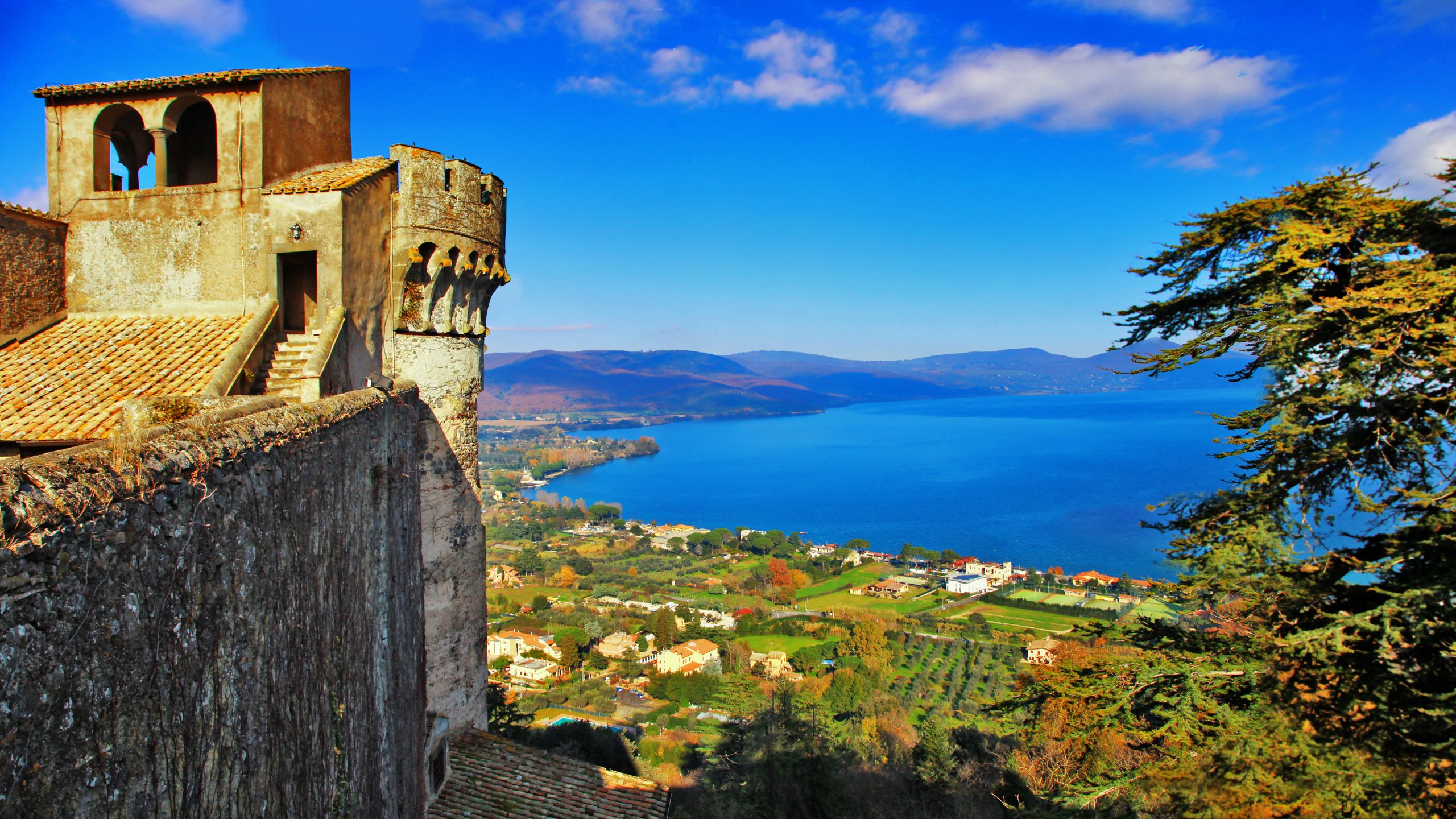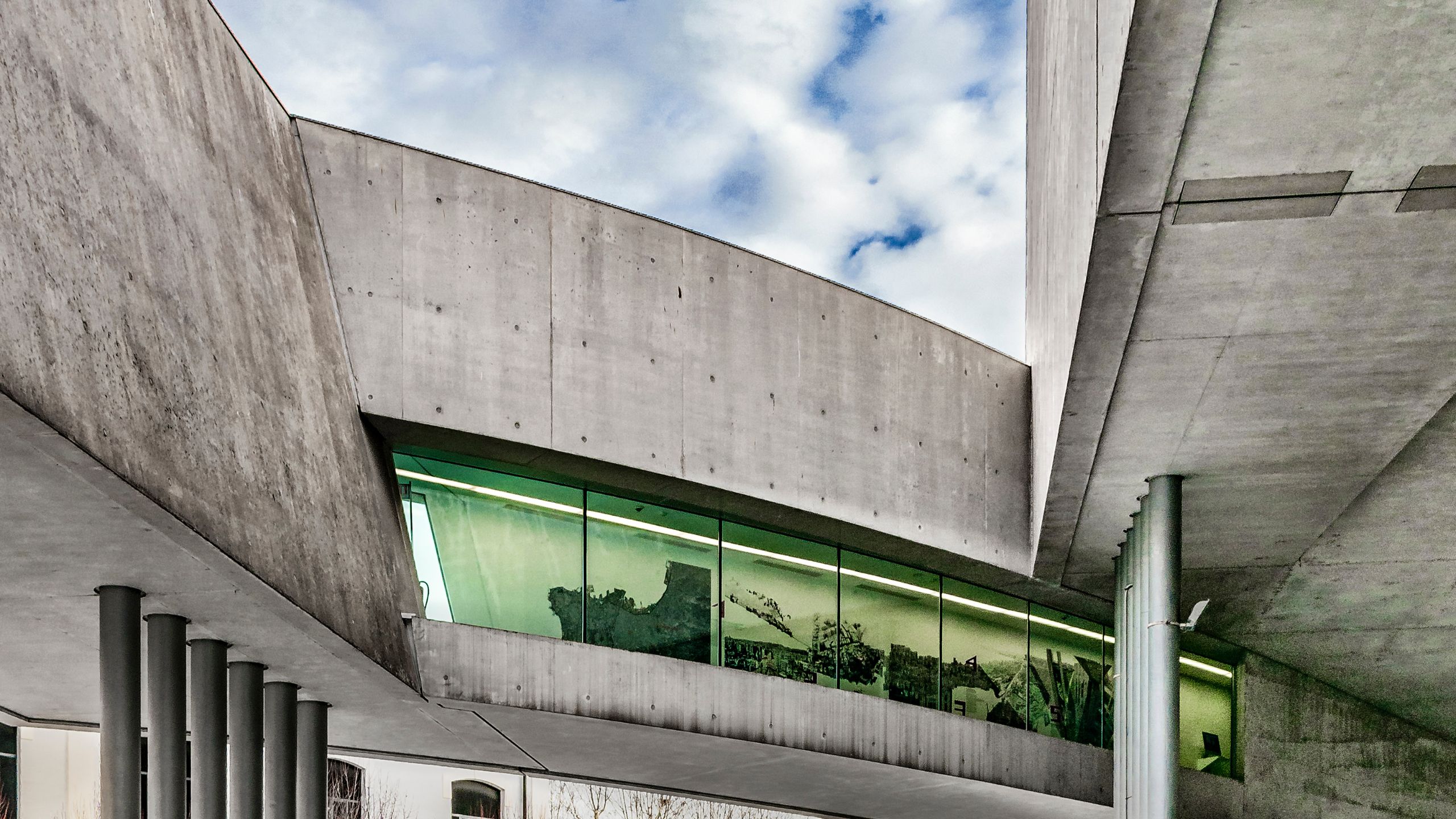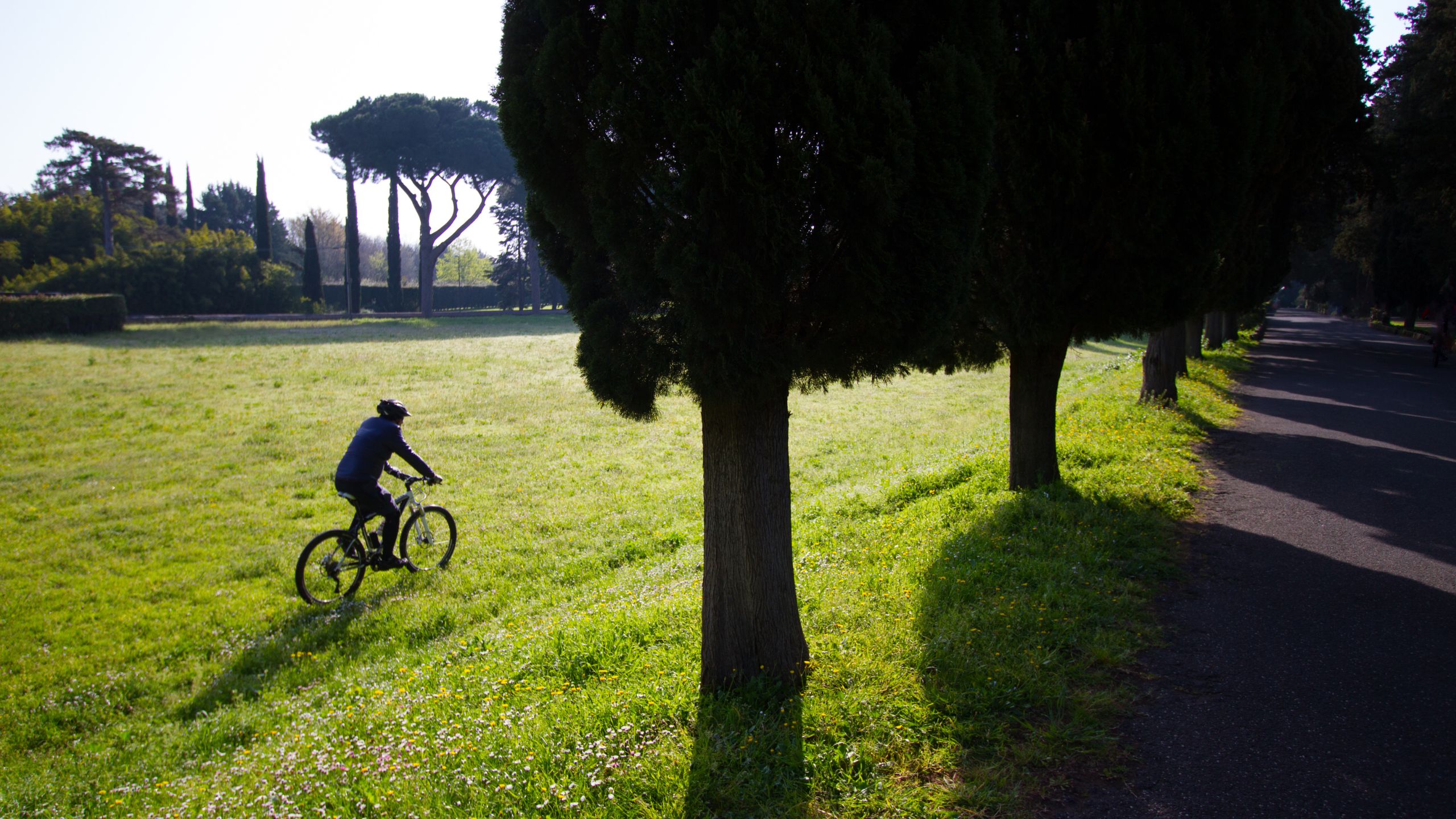Secrets of Rome: Palazzo del Grillo, exploring the historic home of the Grillo family
The Palazzo del Grillo is located in the square of the same name, within the Rione Monti, which represents the historic core of the city of Rome. It is a large house built in the eighteenth century, with a beautiful facade with a door in baroque style and two side projecting. The central part of the building merges with the Torre del Grillo, also known as the Torre della Miliziola, which looks like a medieval fort and is perfectly preserved. For a while, the Palazzo del Grillo was owned by the famous Marquis del Grillo, whose family became extinct in Capranica. Marquis Onofrio del Grillo has gone down in history for his jokes, which inspired the famous film by Mario Monicelli and Alberto Sordi. Among the many stunts carried out by the marquis, it is said that once he proposed to a rich Jewish merchant to pour a baiocco (a coin of the time) for every object contained in some chests in his possession. The merchant accepted, convinced that he found treasures of inestimable value, and signed a contract that led him to financial ruin: the coffers, in fact, contained only pins, but the merchant was forced to pay a considerable sum.
An architectural marvel in the Rione Monti: the Palazzo del Grillo
The Palazzo del Grillo, an architectural masterpiece in the urban fabric of the Rione Monti, has changed owners throughout its history. After belonging to the Grillo family, it passed to the De Robilant family. Over the years, many famous people have crossed the threshold of the palace, including the famous painter Renato Guttuso. The central section of the building stands on top of the Grillo ascent, while the two fronts overlook Via di Campo Carleo and Via degli Ibernesi. The hanging garden of the palace, which Grillo’s family considered with pride, is still open to visitors today and features fountains, baroque sculptures and nymphs. At the edge of the garden opens a large portal made of four columns surrounded by vegetation and enriched by statues of Mercury and Minerva.
Inside the palace, a chapel and a gallery are still well preserved, the latter decorated with stucco and decorations with classic lines. The left front section is connected to the façade by an arched underpass, known as "dei Conti". This body has five floors and is equipped with the medieval tower, restored several times and perfectly preserved. The forebody on the right, instead, consists of three floors.
The tower, called Torre della Miliziola, was built in 1223 by the Carboni family and subsequently bought by the Counts, until, in 1675, the Grillo family bought it and renovated it to make it stylistically similar to the rest of the palace. In addition, they added the original crowning with corbels, as evidenced by the commemorative epigraph "Ex marchione De Grillis". Both buildings have windows decorated with friezes, volutes, shells and lion heads. In the garden there is a beautiful fountain adorned with a shell-shaped niche and two seals that hold as many vases full of fruit. The work, made in 1676, is attributed to Balthasar Permoser. 
A legendary character with deeds wrapped in mystery.
The numerous rooms of the palace are frescoed and decorated with stucco and painted ceilings, creating a visual spectacle without equal. The chapel and the gallery are particularly embellished with stuccoes of fine workmanship. Over the centuries, the palace has changed owner several times: in the nineteenth century it passed to Nicolis de Robilant and in the twentieth century hosted the study of the famous painter Renato Guttuso, who made many of his masterpieces. Despite this, the building remains closely linked to the figure of the Marquis del Grillo, who was loved and known by all Romans and beyond. Unfortunately, most of the information about his life and lavish abode has been passed down orally and therefore not always verifiable. We do not know the exact dates of his birth and death, but we know that he was famous for his jokes and mockery, often directed against the nobles and the powerful who had sinned of pride, arrogance or avarice, and against the Jews, who were often represented as rich merchants. The stories that see him protagonist against the Jewish merchants are supported by the well-known dislike that the Marquis del Grillo had for "li giudèi".
Is the existence of this character of 18th century Rome real?
We can not be sure that the Marquis del Grillo was really such an extravagant character, architect of jokes and mockery able to entertain the entire eighteenth-century Rome. His figure, in fact, may have been exaggerated and enriched over the years by legends and folk stories. However, thanks to the historical evidence that has survived, we know of the existence of two Del Grillo families who lived in Rome between the seventeenth and nineteenth centuries, and the presence of a family tomb in the church of San Giovanni dei Fiorentini. The famous writer Raffaello Giovagnoli confirmed the existence of the Marquis, calling him the last and the most extravagant of the Roman feudal lords.
So if you want to immerse yourself in the story of this mysterious character and visit his residence, the rooms of Rome with View in Rome will be your starting point. You can admire the magnificence of the frescoed and decorated rooms of Grillo’s residence and imagine what could have been the deeds of the famous Marquis.




